
The newly redeveloped Murihiku Marae in Invercargill stops visitors in their tracks with its distinctive tohorā-shaped (whale-shaped) design. Taranaki-based architectural practice BOON Ltd led the design. They worked closely with mana whenua, Waihōpai kaumātua, kui and Trustees of the marae to develop the cultural narrative that underpins the final design. At the heart of this $15 million project are Techlam's curved glulam beams, carefully positioned to echo the ribcage of a Tohorā. The 1,442-square-metre structure stands as a model of sustainable architecture, blending cultural significance with environmental innovation.
From the project's earliest stages, Techlam worked closely with Henderson Construction and Beca engineers to bring this vision to life. The team tackled the complex challenge of integrating curved beams while meeting strict sustainability requirements and project deadlines.
Project Manager Brent Henderson of Henderson Construction speaks to this collaboration: "Techlam is one of our major out-of-town suppliers for the project, and they have acted the same as anybody that we would have used locally, they've done everything we would expect them to, so thanks for being a part of the collaboration."
The marae's structure features 11 curved glulam beams and internally exposed glulam roof beams and columns, creating both the visual centerpiece and structural backbone of the building.
Techlam’s glulam curved beams blend strength with design possibilities. They can be shaped to almost any form, with curves ranging from 100mm to 100m radius. Architects can specify elliptical beams, tapering curves with changing radii or even beams that flow from curves into straight lines — all while maintaining structural integrity.
Each curved beam for Murihiku Marae has been crafted in Techlam's facility in Levin, delivering the sweeping curves that define the marae's unique shape. From an aerial view, these elements come together to form the distinctive Tohorā shape, with the reception area forming the tail and the wharenui Te Rakitauneke serving as the head.
The choice of Techlam's curved glulam beams served both form and function. Comprised of renewable timber, the beams naturally reduce the building's carbon footprint compared to traditional materials. Their precise engineering cuts down on waste, helping the project achieve an impressive 58 tonnes of carbon sequestration.
For architects and designers, Techlam's curved glulam beams offer several key advantages:
- Creative freedom to shape beams to almost any design
- Superior strength and dimensional stability
- Sustainable materials from responsibly managed forests
- Efficient installation that reduces construction time and costs
- Ability to meet strict environmental requirements
- Flexibility to adapt to complex architectural designs
To explore the possibilities of Techlam's curved glulam beams and other timber solutions, visit techlam.nz or find detailed specifications in the Techlam catalogue on EBOSS.













 New Products
New Products









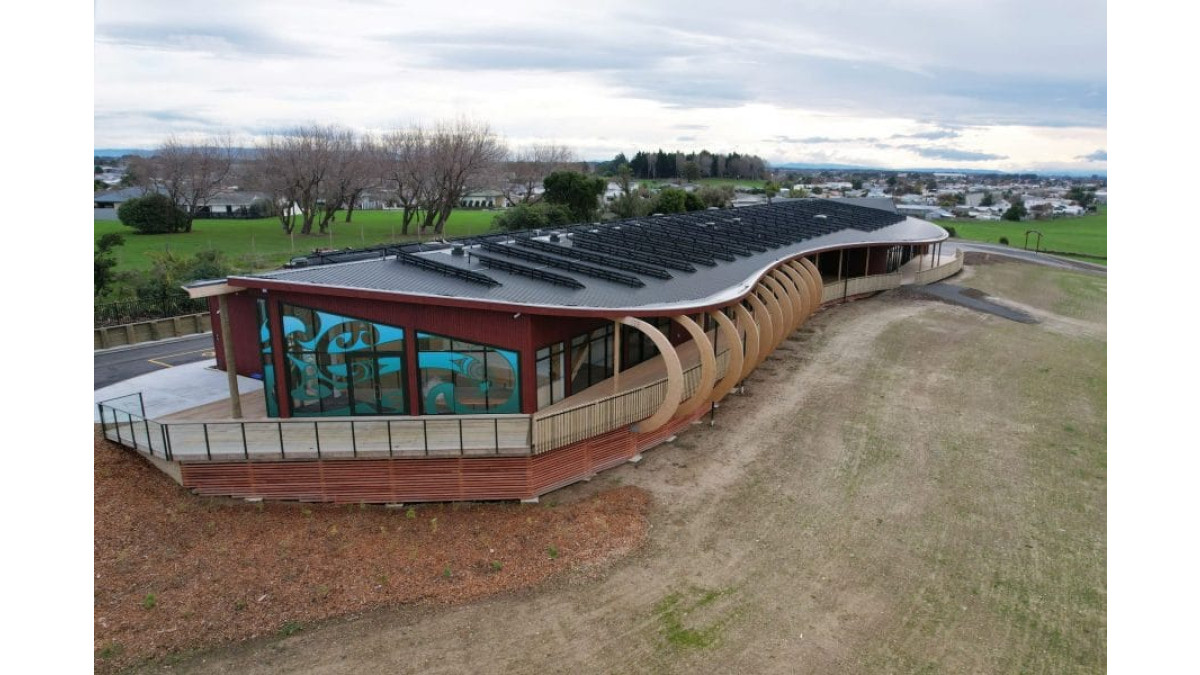

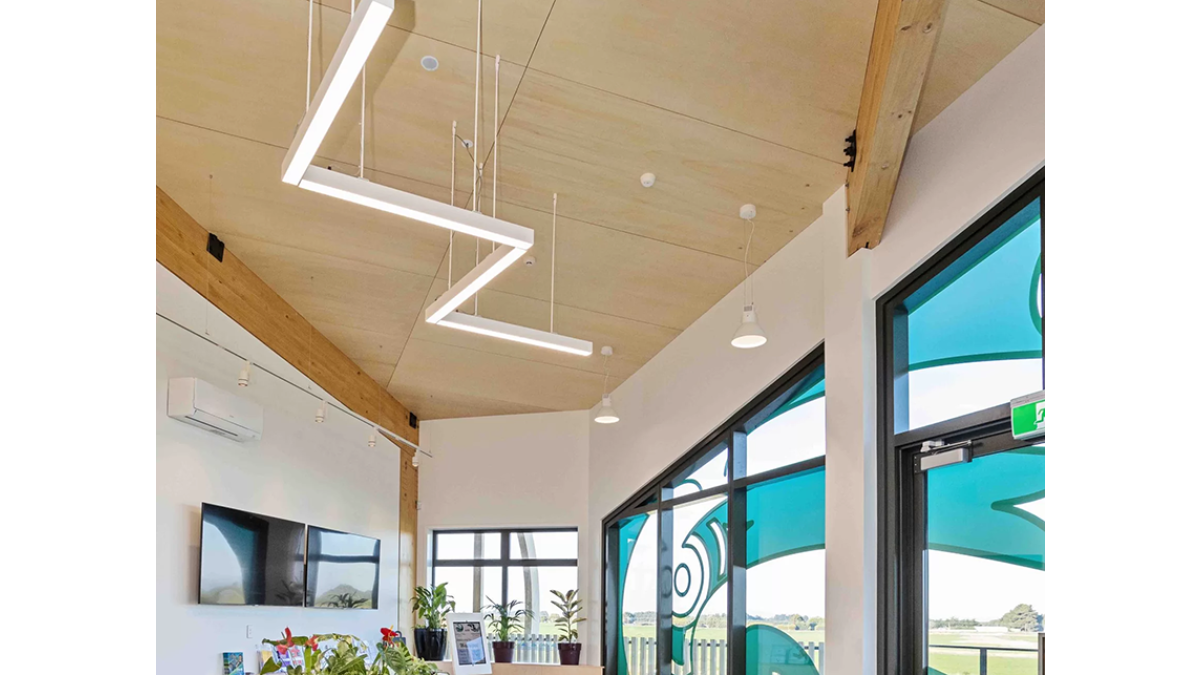
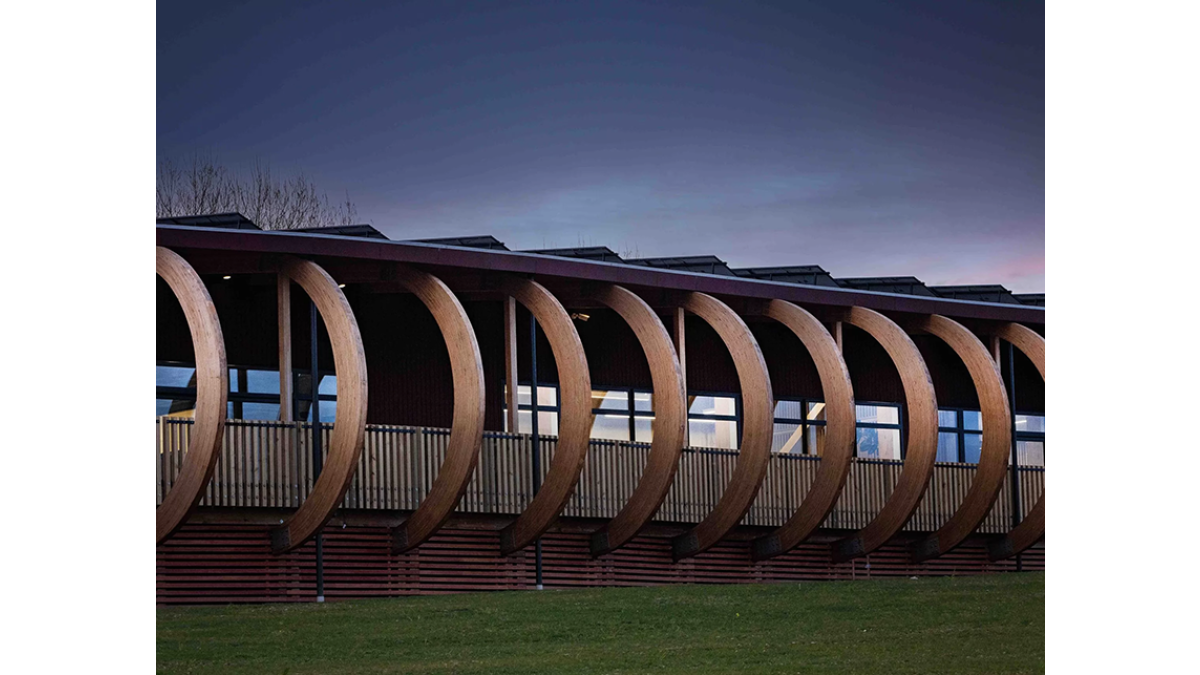
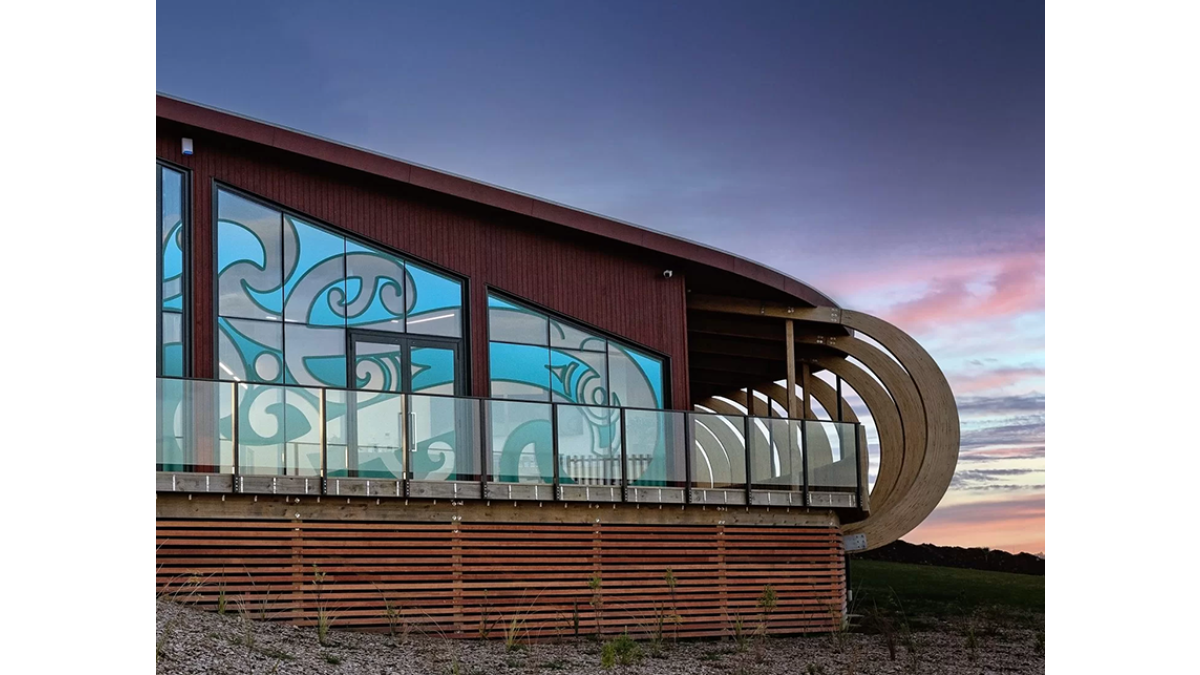



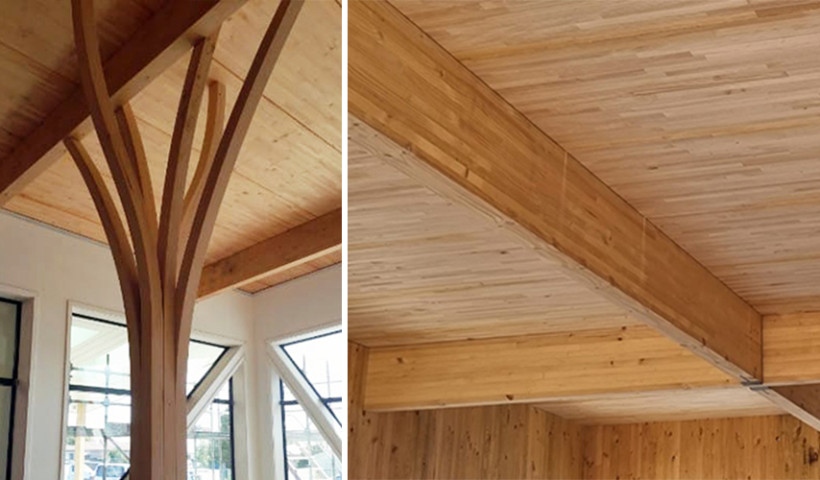
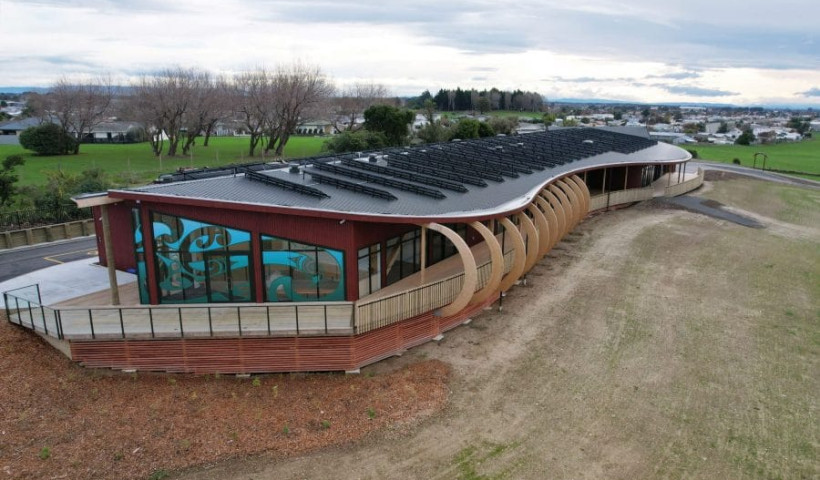
 Popular Products from Techlam NZ
Popular Products from Techlam NZ Most Popular
Most Popular


 Popular Blog Posts
Popular Blog Posts
